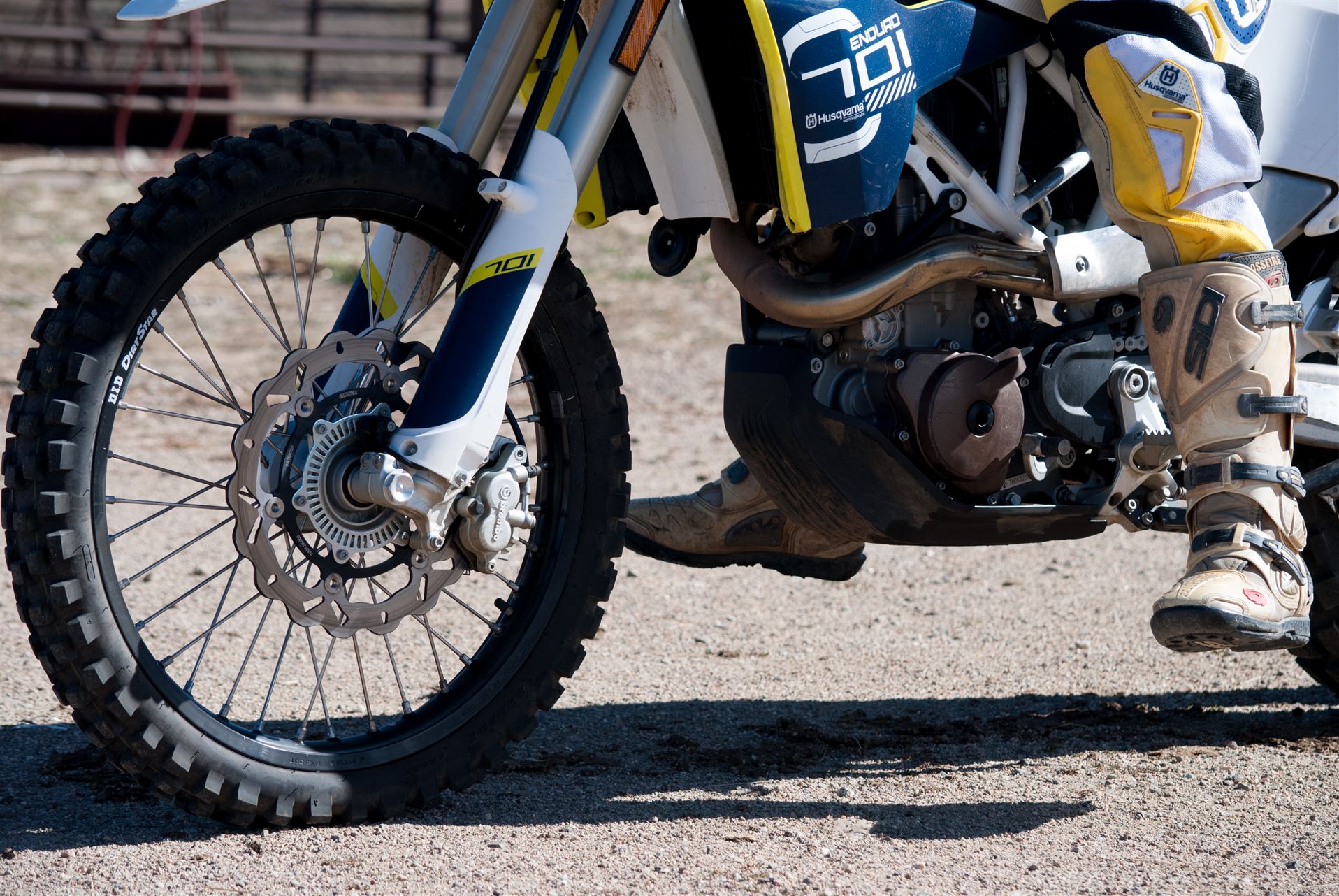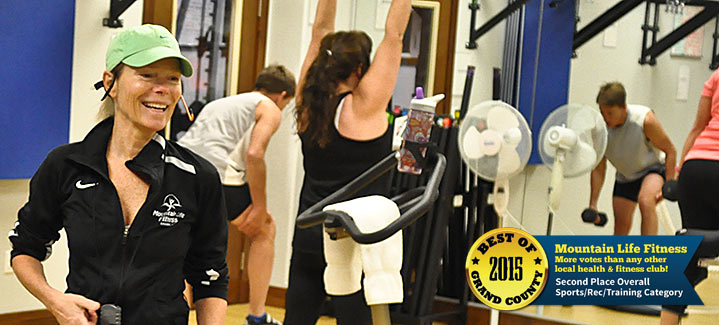I’d like to share some interesting information about women athletes. You may or may not know that in 1972 Title IX became law as part of comprehensive educational reform. Prior to Title IX, women had little or no athletic options, while male counterparts had various, well-funded, athletic choices. Title IX more or less said, “You must match male programs with appropriate female programs.” With new opportunities, women’s athletics has blossomed!
However, there has been an interesting side effect. Orthopedic injuries to women skyrocketed, especially knee injuries! Women have traditionally been taught and coached to use their male counterpart’s techniques for training and in pursuit of athletic endeavors. It took over 40 years, but medical studies were finally funded investigating athletics injuries to women. They found that Women athletes have disproportionately higher risks of knee injury than men! The obvious question is, why?
Subsequent studies identified two primary causes- biomechanical alignment of the knee and hormone changes. For child bearing purposes, TYPICALLY women’s hips are wider than men’s. While men’s legs are typically somewhat straight, women’s legs tend to angle inward- slightly knock-kneeed as compared to men. Then there are hormones. In the middle of a woman’s menstrual cycle she releases the hormone Oestrogen which dramatically weakens the strength of muscles and ligaments. At the end of the cycle, women releases Relaxin which softens the ligaments. Ligaments connect the bones of our bodies allowing movement.
So what does this have to do with riding motorcycles? Well, if you’re going to ride a motorcycle, at some point you will fall. And once you fall, you have to pick up your bike! Generally speaking, picking up smaller single track motorcycles is not an issue. However, larger, top heavy 400-600LB adventure bikes can be a real challenge. If you do a google search on how to lift a motorcycle you will likely find dozens of videos showing a technique of backing up to the motorcycle, grabbing the handlebar and tail rack, and using your legs to push up.
The problem is these adventure bikes can lay close to the ground, almost upside down, with the back wheel lifted in the air, and footing is not always the best. Lifting them using SAFE knee and back techniques can be challenging. Even if you’re young, healthy, and strong; there’s a good chance you’re putting your knees and back at risk. I encourage you to be careful and aware of proper knee positioning and lifting techniques- knees at 90% angle, knee cap stay behind toes.
Some folks have gotten creative, rigging a “Shoulder Dolly” (About $35-$45) and strap to lift the bike. Shoulder Dolly’s are typically used to move furniture. The harness goes over your shoulders and then there is webbing that threads through a metal loop in front. Run the webbing through a crash bar or part of the frame, position your body and then lift with your legs. DO NOT tie yourself to the motorcycle. Anchor the webbing with your hand but be prepared to let go if the motorcycle falls over. You DO NOT want to be tied to the motorcycle in a fashion that it takes you with it, if it falls.
If you’re just plain old (like me) or have medical conditions that prevent you from safely lifting the bike, the best solution may be to use motorcycle hoist system designed specifically to lift your motorcycle. Dustriders Motorcycle Hoist is available from ADV Motorrad. Though this unit is pricey ($250) and weighs about 8LBS, it can be used as a bike stand for trailside repairs (many lowered models of bike do NOT have a center stand,) bead breaker for tire repair (though your kickstand works as well), and in conjunction with parachute cord can be used to ratchet a motorcycle that has fallen downhill off the trail. ADV Motorrad has a video showing how to use the hoist. It works pretty slick!
I have also seen a motorcycle recovery system advertised by PSSOR. This is a system of ropes and pulleys that creates a mechanical advantage. It seems to work well for pulling stuck bikes out of mud or recovering a motorcycle that has crashed downhill of the trail. It can be used to lift the motorcycle provided there is something to run the rope up and over.
No matter what type of process and system you use to lift a fallen motorcycle, it is essential that you practice in a safe controlled environment. Flat ground with good traction is a far better place to learn than a rocky, rutty hillside. Of course, the easiest solution to the problem is never to fall! How’s that going for you? I’m still working on that…
Happy Trails!






